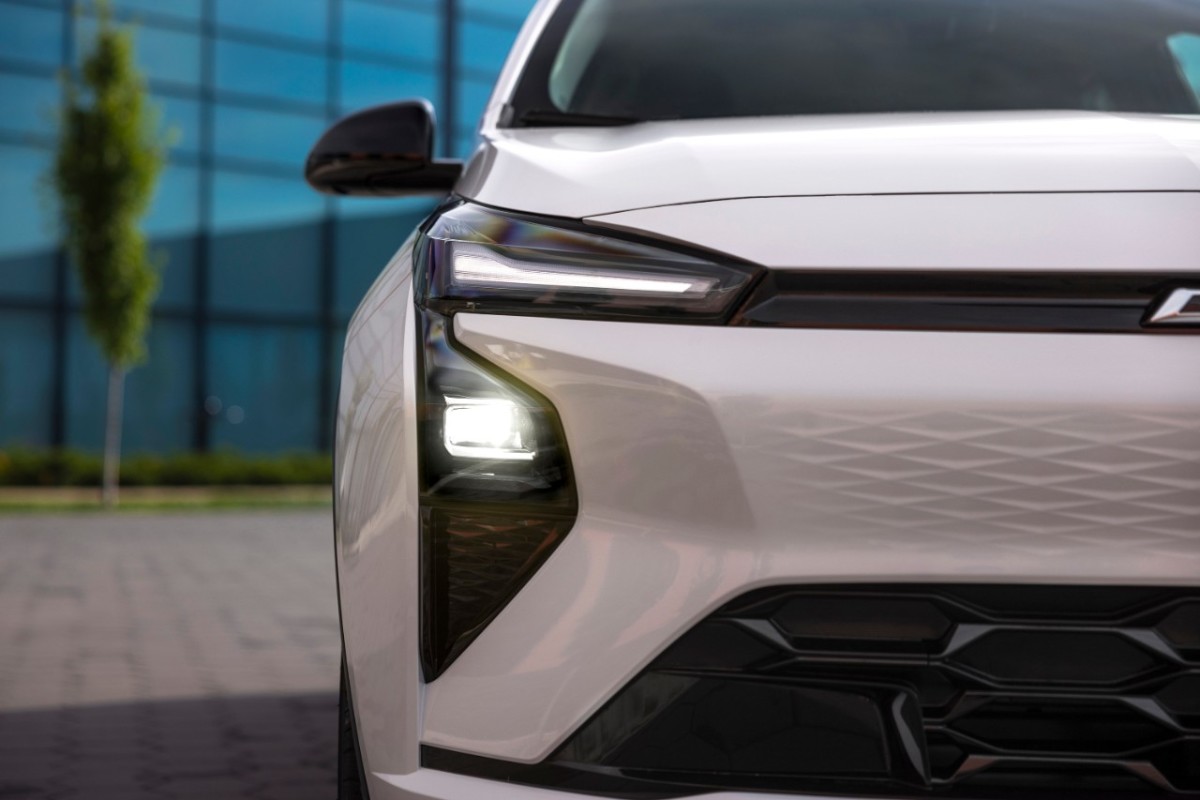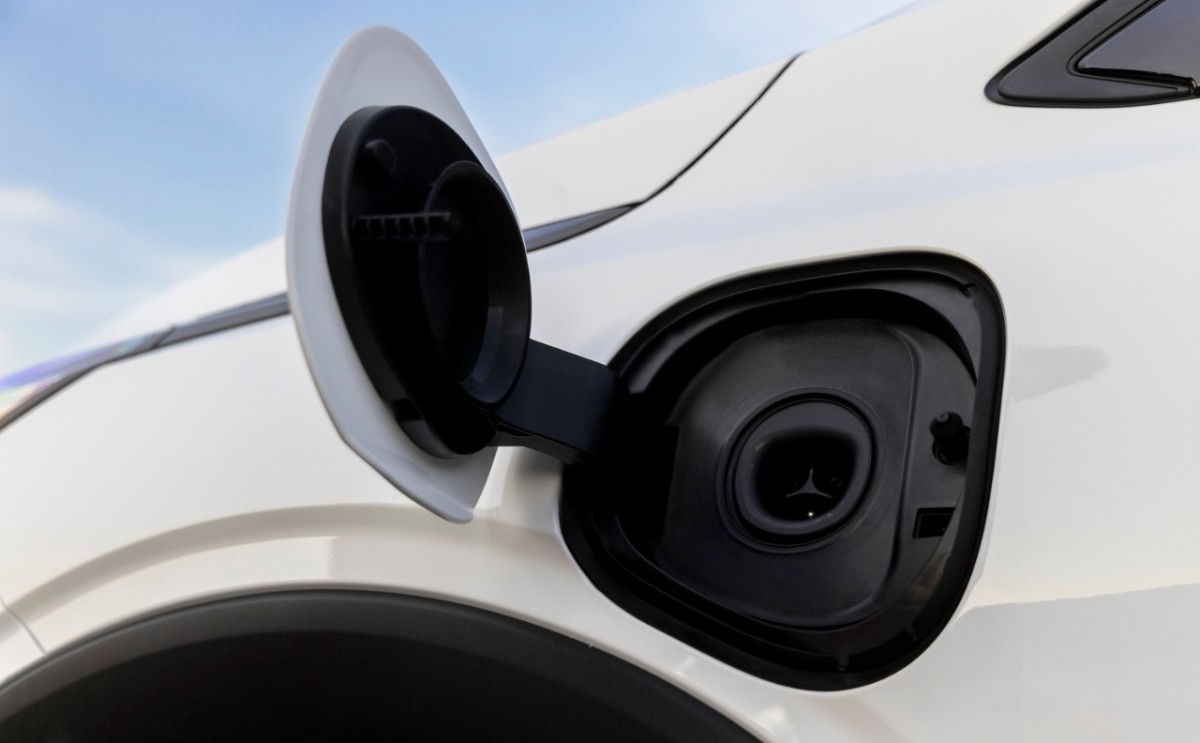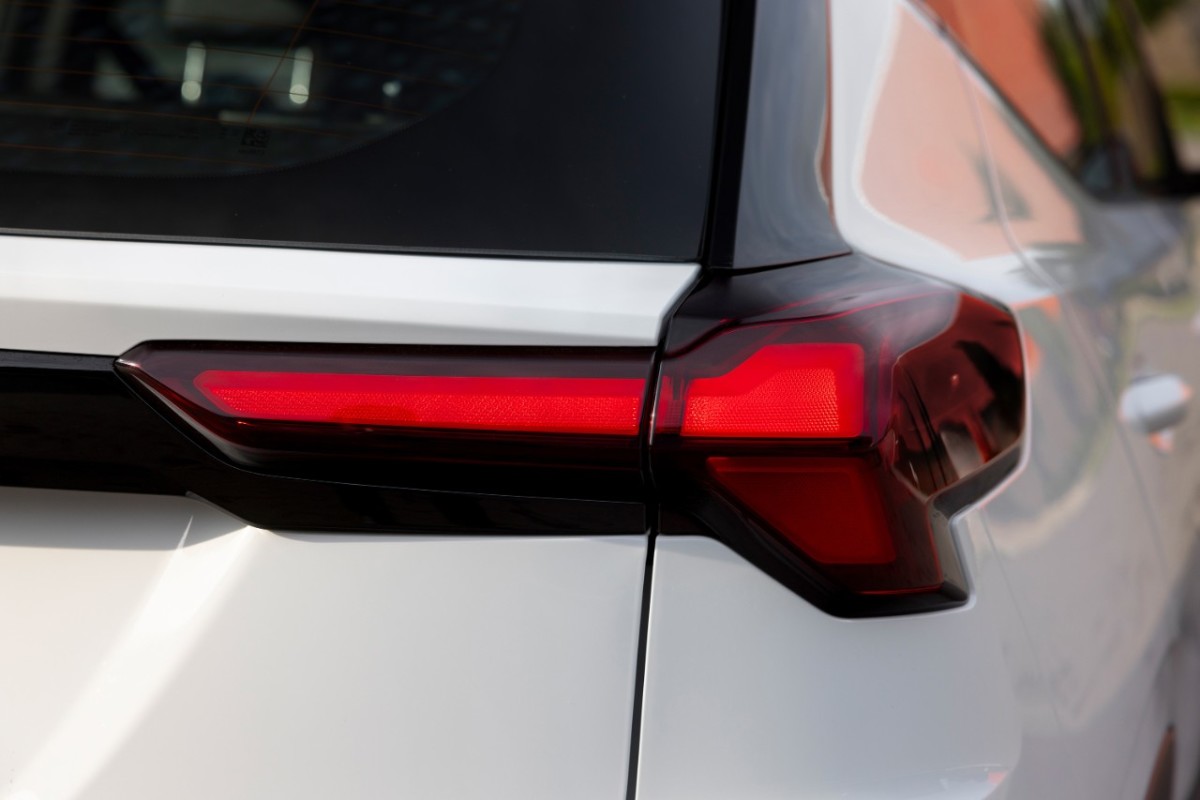Chevrolet has finally confirmed what EV enthusiasts have been waiting for — the Bolt is back. Reimagined for the 2027 model year, the new Bolt EUV will ride on GM’s Ultium/BEV3 platform and ditch the old hatchback setup in favor of a crossover design. It’s smarter, sleeker, and most crucially, ready to compete in a market that’s already moved on without it.

A New Shape, But A Familiar Name
The return of the Bolt isn’t just a rehash of the outgoing model — it’s a complete reboot. General Motors has opted to build this new version solely as a Bolt EUV, a decision that aligns with growing demand for small crossovers. Styling will shift dramatically, leaning on cues from the Equinox EV with sharper front fascia design, LED lighting, and a new rear profile. One of the most welcome upgrades is the switch to the North American Charging Standard (NACS) port, which finally gives Bolt owners access to Tesla’s Supercharger network.
If that sounds surprisingly forward-thinking for GM, remember: this is the same company that quietly killed off the most fun-to-drive rear-wheel-drive Blazer RS — a bold EV with real character — simply because it didn’t make the spreadsheets smile.

Powertrain, Range, And Charging Upgrades
Unlike the first-gen Bolt’s LG-sourced BEV2 underpinnings, the 2027 Bolt EUV will feature GM’s latest Ultium battery tech — likely using lithium iron phosphate (LFP) chemistry for affordability and durability. A single front-mounted motor is expected to deliver slightly more than the previous ~200 horsepower, while range should increase beyond the last-gen’s 259 miles to around 300 miles on the EPA cycle.
This is a meaningful leap for the nameplate and puts the Bolt within arm’s reach of rivals like the Hyundai Kona Electric and Ford Explorer EV — if Chevrolet prices it right. Expect DC fast charging to be much quicker than before, especially now that the Bolt is catching up with newer tech.
And while we’re talking about catching up, Brazil continues to rub salt in the wound by getting a boxy, retro-inspired Chevy Spark EV that looks far cooler than anything the U.S. ever got with that nameplate.

Pricing, Production, And Where It Fits
According to GM, production of the new Bolt will begin in late 2025, with deliveries expected in early 2026 as a 2027 model. It’ll be built in the same retooled factories tasked with handling Ultium-based crossovers, including Kansas City.
There’s no official word on pricing yet, but Chevrolet has made it clear the Bolt will slot below the Equinox EV, likely making it one of the most affordable long-range EVs in the U.S. once again. That’s a niche GM should protect — especially as rivals like Tesla and Hyundai move upmarket and Chevrolet reevaluates icons like the Camaro. GM’s own Mark Reuss recently hinted at what a modern Camaro revival might require — a sign that the company’s future strategy is still in flux.

Will It Matter?
That’s the big question. Chevrolet needs the Bolt to succeed, not just for the sake of sales, but for its reputation. The brand took some bruises after battery recalls, delays, and supply chain chaos. This is their chance to reset.
The Bolt was always the right car at the wrong time. Now, with the tech, platform, and charging infrastructure finally catching up, it just might be the right car at exactly the right time.